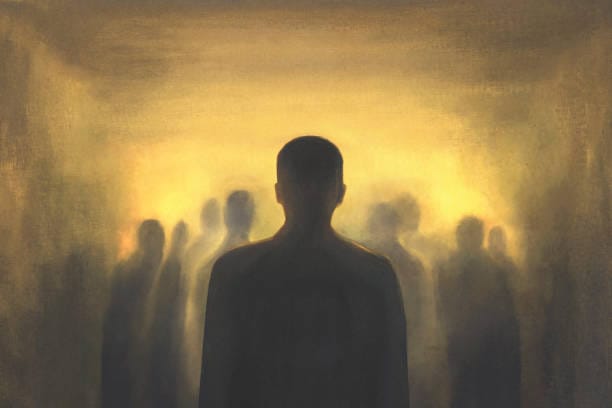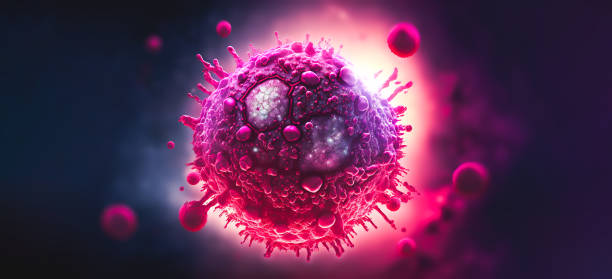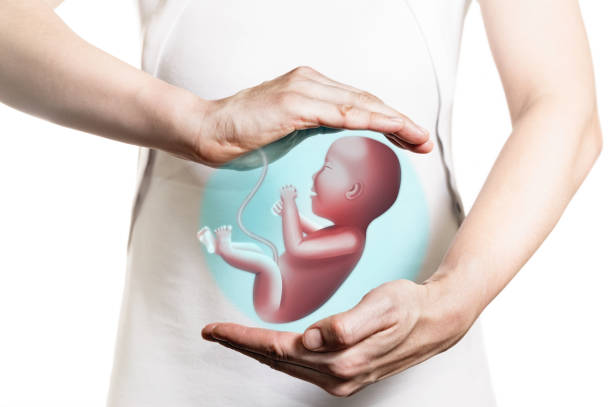We tend to think of losing teeth as an ordinary part of growing old — inconvenient, maybe embarrassing, but not life-threatening. A new study from China tells a different story. In more than 8,000 adults aged 73 to 91, researchers found that those who lost teeth more quickly faced a markedly higher risk of dying, regardless of how many teeth they had at the beginning. Tooth loss, in other words, is not just a dental issue — it is a sign of deeper biological decline.
The study followed participants for three and a half years, tracking how many teeth they lost per year. Some lost none at all; others lost up to four or more annually. After running the numbers through Cox regression — a gold-standard method for estimating risk — the pattern was striking: older adults with rapid tooth loss were 33% more likely to die than those whose teeth remained stable. And speed mattered at a fine scale. For every single tooth lost per year, the risk of death rose by about 4%.
The finding is not just statistically significant — it is clinically urgent. It reframes teeth as windows into the body as a whole. When teeth go quickly, something deeper is going wrong.
Tooth Loss as a Marker of Systemic Decline
Why would missing teeth — or the rate at which they disappear — be tied to survival? Teeth are living organs anchored in bone, irrigated by blood vessels, and defended by the immune system. Rapid loss may reflect chronic inflammation, malnutrition, frailty, metabolic disease, immune dysfunction, or cumulative lifestyle damage from smoking or poor care. Instead of being an isolated symptom, tooth loss becomes a biological dashboard of aging.
This helps explain why prior research repeatedly links missing teeth to higher deaths not only overall but specifically from heart disease, pneumonia, lung cancer, and stroke. Chewing difficulty, too, is more than an inconvenience: it alters diet, weakens muscles, and accelerates biological aging. A person who cannot break down food properly is more prone to malnutrition, infection, and disease. Oral decline ripples outward.
Oral Neglect Is a Global Problem With Human Consequences
The new study arrives against a stark global backdrop. The WHO’s 2022 Global Oral Health Status Report found that roughly 3.5 billion people — nearly half of humanity — live with some kind of dental disease. Tooth loss ranks among the most common outcomes. In an aging world, that matters.
Older bodies cannot afford avoidable stressors. Something as seemingly mundane as gum disease or untreated decay can push a fragile system closer to collapse. And yet, oral health remains one of the most neglected public-health fronts. People die from preventable heart attacks and infections whose early warning signs were perhaps printed in their gums and molars.
Prevention Is Not Complicated — And It Saves Lives
The important and hopeful part of this story is that the biggest drivers of tooth loss are changeable. Regular brushing, quitting smoking, treating gum disease early, and simply showing up to dental visits slow down tooth loss and — as multiple studies now suggest — reduce mortality among people who already have missing teeth. We do not need futuristic medicine to act. Most of the tools exist in every home and every clinic.
The authors of the new study argue that monitoring the rate of tooth loss — not just counting teeth once — should be a new standard in care of older adults. A seemingly simple measure could function as an early-warning signal of broader health collapse. The mouth may speak before the rest of the body fails.
A Call to Treat the Mouth as Part of the Body
The message from the research is not merely academic. It is a philosophical correction. Oral health is not cosmetic. Dentures are not a harmless consequence of age. The mouth is an organ system connected to the brain, the heart, the lungs, the immune network, and the nutritional pipeline. If the mouth deteriorates quickly, something fundamental is accelerating in the body. Ignoring teeth is ignoring evidence.
Until scientists understand the precise mechanisms linking rapid tooth loss to mortality, awareness itself is a form of prevention. Public-health agencies could reduce disease burden and even save lives simply by elevating dental care to the same level of seriousness as cardiovascular care or cancer screening. Clinicians who watch gums and molars over time may catch danger before it spreads elsewhere. Older adults and caregivers, given the right information, can change habits that change outcomes.
The new study does not just add a statistic; it reframes a narrative. Teeth are not trivial. They are biomarkers in plain sight — living reminders that the health of the body and the health of the mouth are the same story, written in different organs.
More information: Linjia Duan et al, Tooth loss progression and mortality among older adults: results from the Chinese longitudinal healthy longevity survey (CLHLS), BMC Geriatrics (2025). DOI: 10.1186/s12877-025-06419-1






